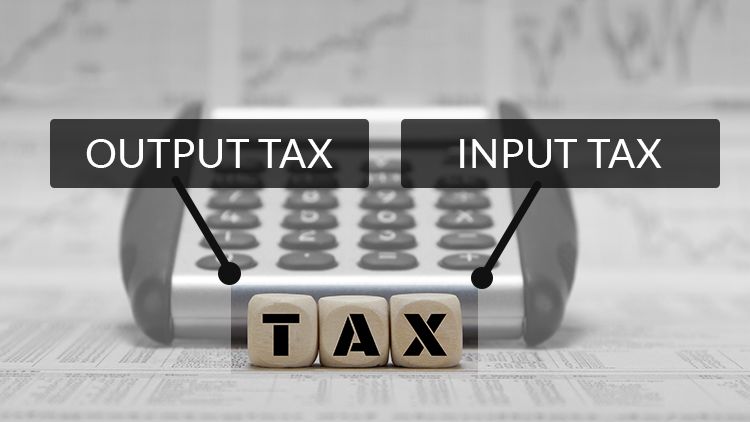by Unitedvat
Posted on Nov 22, 2017

As Value Added Tax (VAT) is all set to become applicable in all GCC countries from 1st January, 2018, there are many things people want to know about the new tax regime. A clear and detailed understanding of everything related to VAT is meant to pave the way for a smoother transition to VAT.
Among them, input VAT and output VAT are two major terms that need to be clarified here.
Output VAT refers to the value added tax you charge on your own sales of goods and services both to other businesses and to ordinary consumers. When your business is registered for VAT, you need to add VAT to each VAT-able item on each of your sales invoices.
VAT on sales between businesses must be specified in a sales document which is a business document that relate to sales of goods and services. They consist of invoices, notes, bills and receipts issued by the seller, as well as contract notes and settlement notes.
On the other side, Input VAT is the value added tax added to the price when you purchase goods or services that are liable to VAT. If the person or business that is buying is registered for VAT they can deduct the amount of VAT paid from his/her settlement with the tax authorities.
Let’s understand this with an example.
During a VAT period, Shop A (which is registered forVAT) buys goods for £62,000 including VAT (20% Rate)
The input VAT is £10,333
In the same period, the business sells goods for £150,000 excl. VAT as they are not registered.
The output VAT is £30,000.
In the final VAT settlement, authority deducts output VAT from input VAT which results into £17,600.The final amount must be reported to your regional tax office.
Hope, everything is clear now in regard to input VAT and output VAT.


